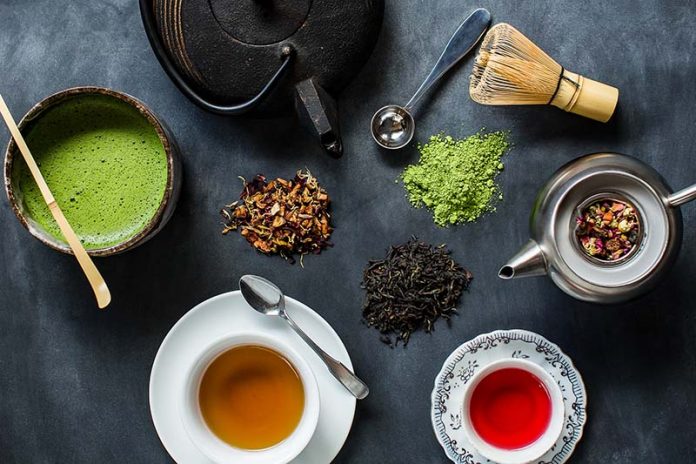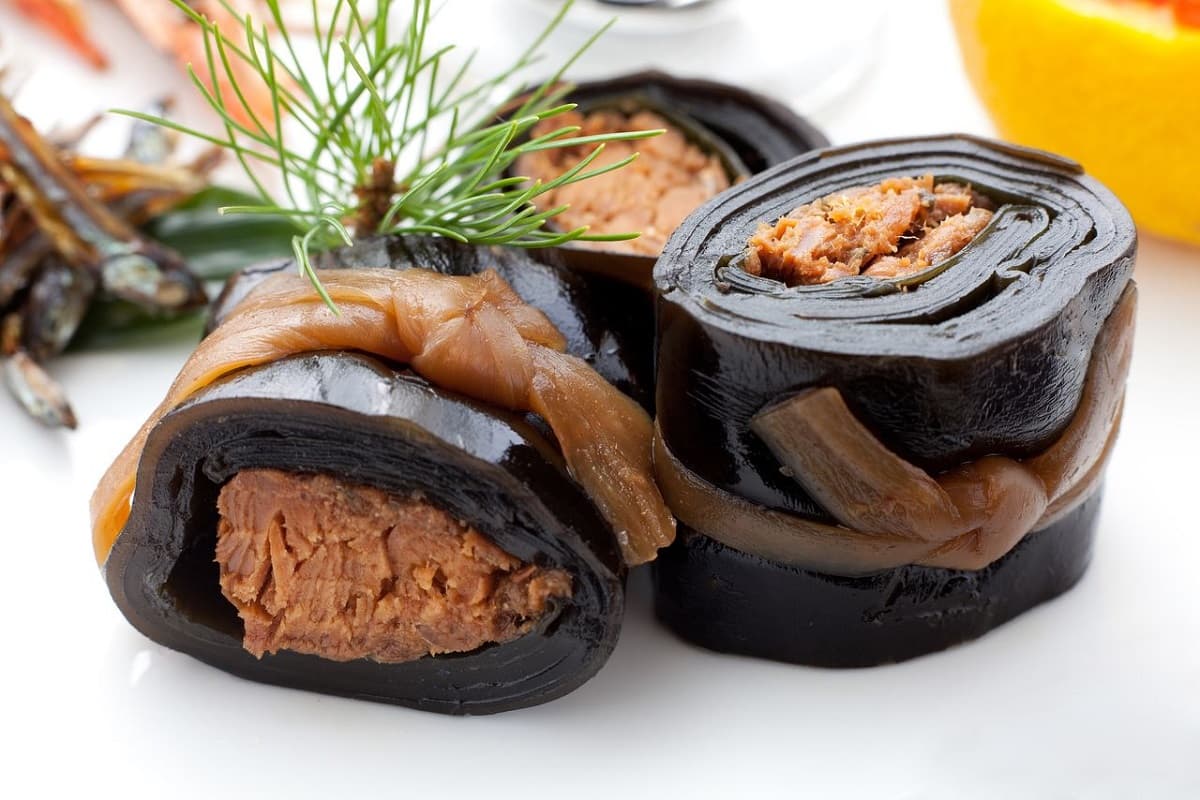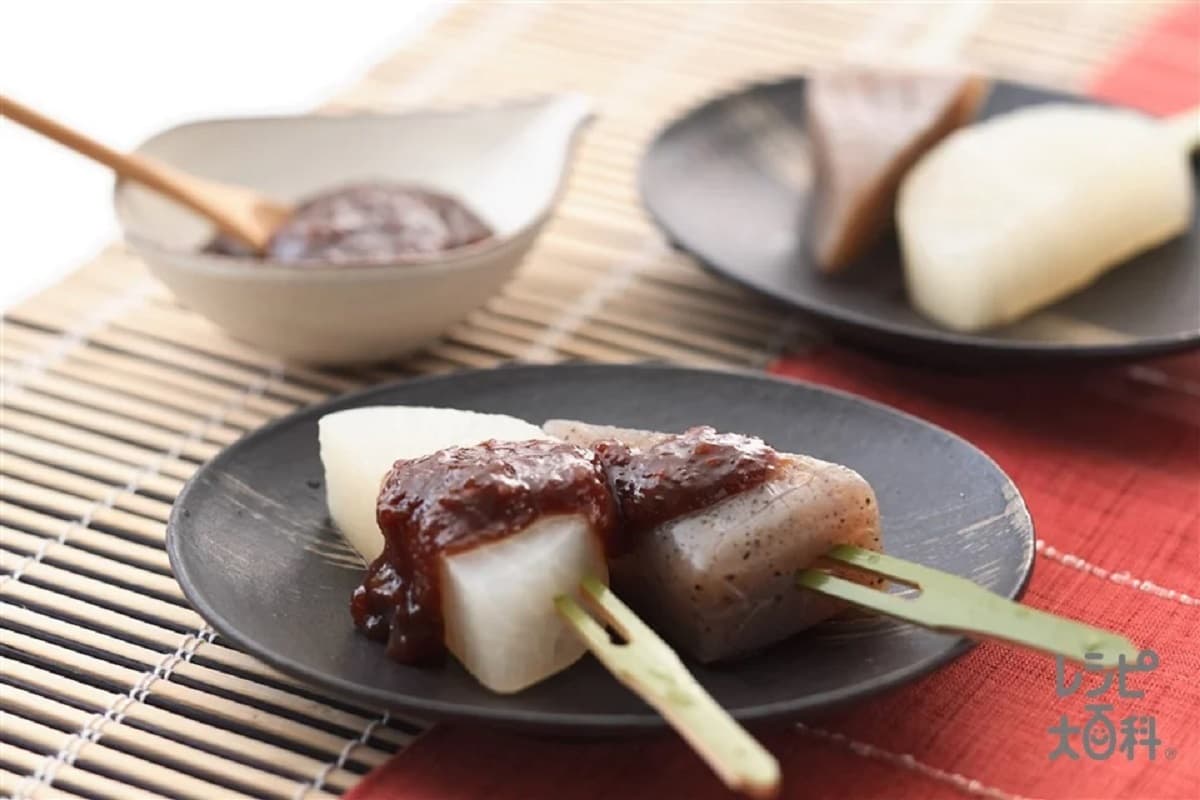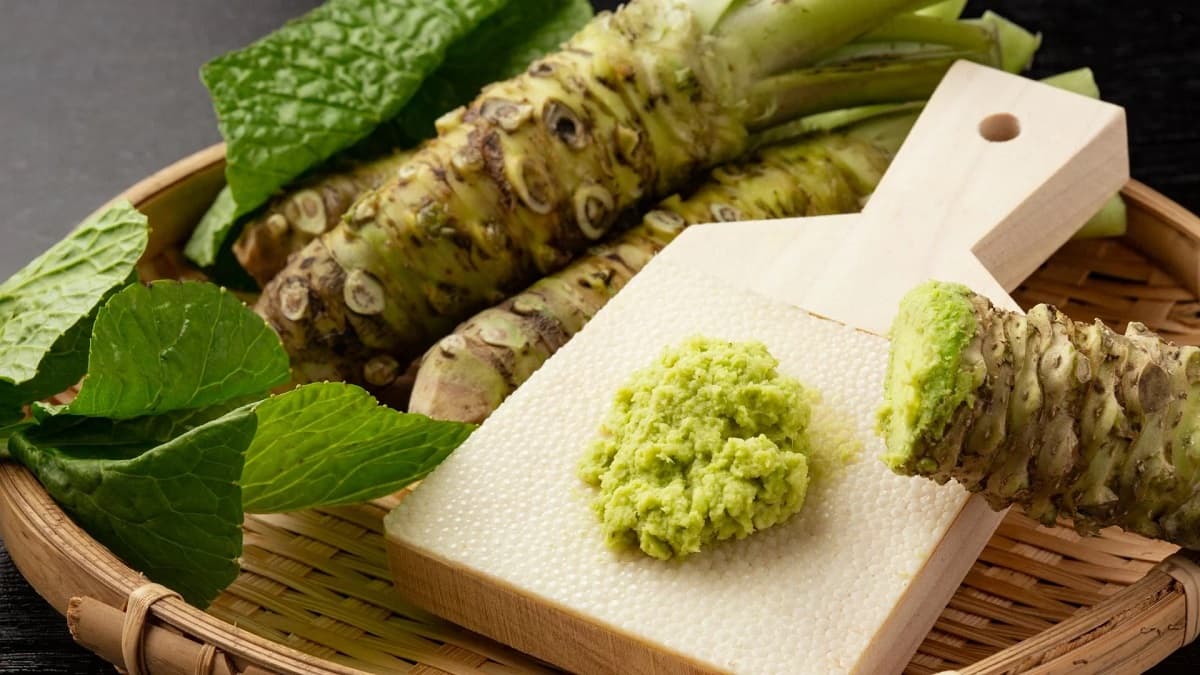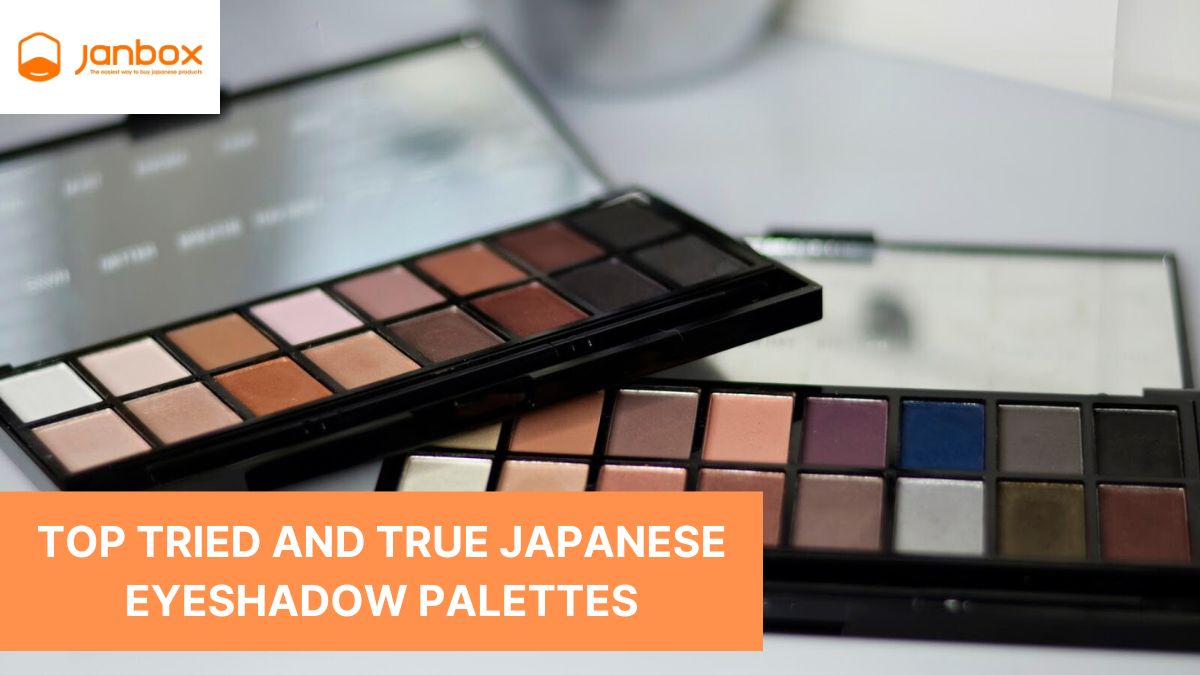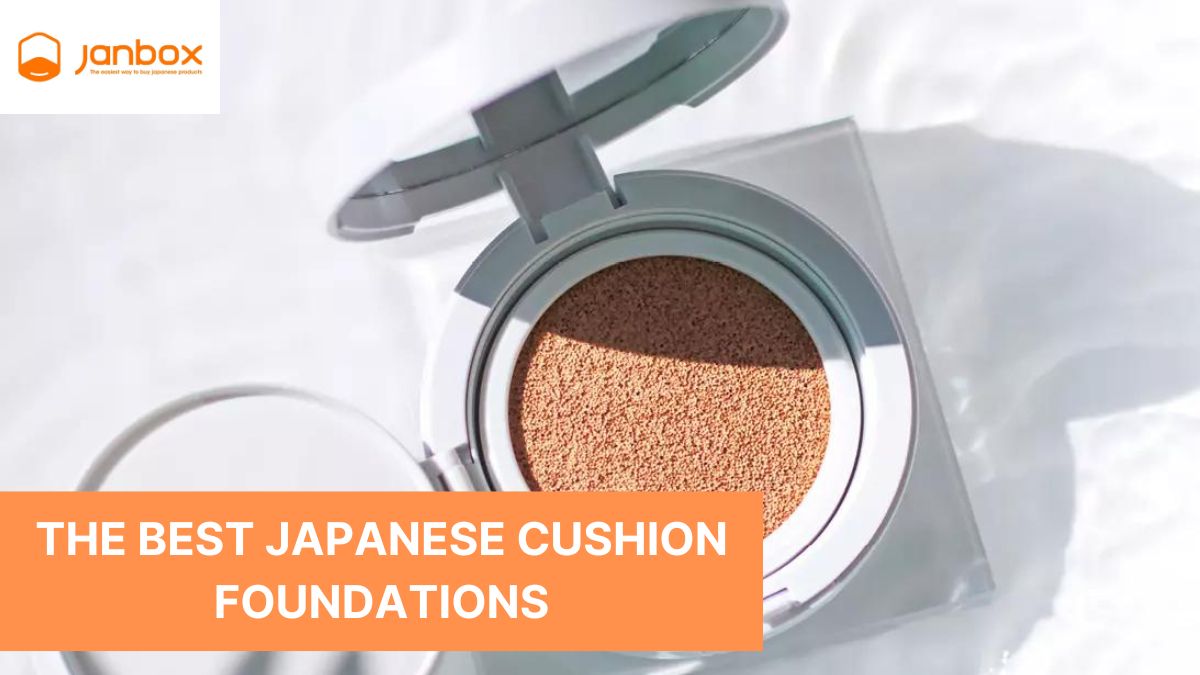In Japan, tea is the most consumed beverage and plays a significant role in cuisine. Popular Japanese tea comes in many varieties and may be had at any time of the day. The most famous type of tea is green tea, hence when “tea” (お茶, ocha) is spoken without a specific variety mentioned, green tea is meant. The article that follows discusses the several kinds of tea that are often drunk in Japan.
History of Japanese tea
In the seventh century, tea was brought from China to Japan. Tea was a luxury good during the Nara Period (710–794), only offered in tiny quantities to priests and noblemen as a therapeutic beverage.
The practice of preparing tea from powdered leaves was brought back from China to Japan by Eisai, the founder of Zen Buddhism, during the beginning of the Kamakura Period (1192-1333). The planting of tea thereafter expanded throughout Japan, especially at Kozanji Temple in Takao and Uji.
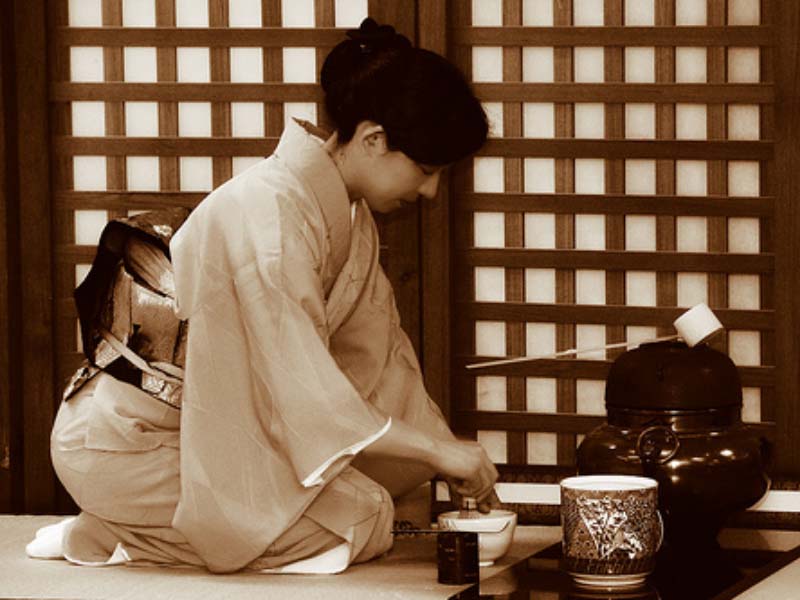
The history of tea in Japan begins in Nara Period but tea became increasingly popular with individuals from all socioeconomic strata throughout the Muromachi Period (1333–1573). After sipping tea from cups that were passed around at large tea parties, participants made educated guesses about the names of the various types of tea and their origins. The wealthy also enjoyed collecting and flaunting their treasured tea accessories.
Around the same time, a more sophisticated form of tea parties emerged, with a focus on etiquette and spirituality and a Zen-inspired simplicity. Fewer people attended these events, which were held in intimate settings with the host serving tea to each attendee. These meetings are when the tea ceremony first emerged.
Where to purchase Japanese tea
Almost all restaurants, vending machines, kiosks, convenience stores, and supermarkets sell a wide range of types of tea in Japan in one form or another, hot or cold. In restaurants, green tea is frequently provided complimentary along with or after a meal. While Konacha is frequently offered at low-cost sushi restaurants, green tea or Mugicha are frequently free for self-service at lower-end eateries. Black tea, or Kocha, is frequently offered alongside coffee in cafes and Western restaurants.
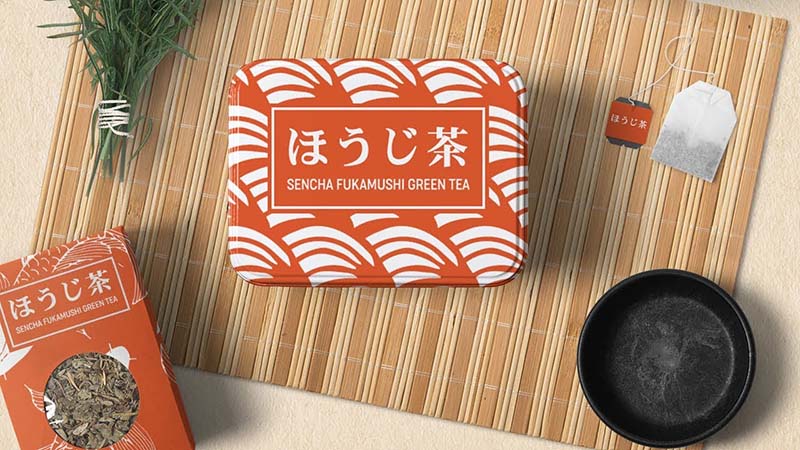
Visitors can get tea (often Ryokucha or matcha) in several temples and gardens. The tea is frequently served with a complimentary Japanese treat in a quiet tatami room with views of the lovely landscape. While the famous tea in Japan is occasionally included in the entrance cost to the temple or garden, it is more frequently charged separately for a few hundred yen.
Last but not least, shops and vending machines all around Japan sell a variety of tea varieties in PET bottles and cans. Both hot and cold versions are offered, while hot tea is less common in the summer, particularly at vending machines.
>>> Read more: The best 10 places to buy Matcha from Japan
Top 10 Main Types of Japanese Tea
1. Matcha
Green tea is picked and processed in a unique method to produce matcha powder. Matcha is the most popular Japanese tea that is made from only the finest leaves, which are dried, ground into a fine powder, and combined with hot water. The type of green tea used in the tea ceremony is called matcha.
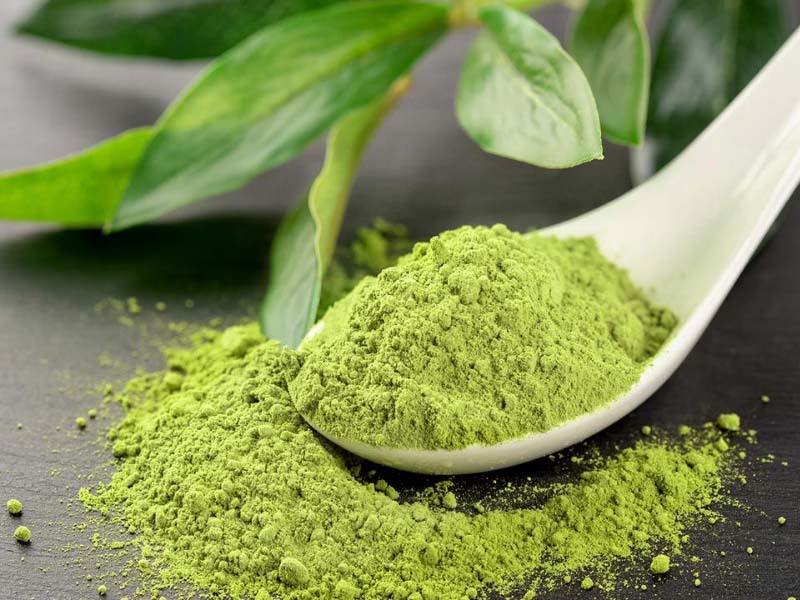
The ability to absorb the entire beneficial nutrients of tea leaves must be one of the reasons why Matcha fans are growing throughout the world and why so many different Matcha desserts and dishes have been developed, in addition to the elegant aroma and balance of exquisite bitterness and sweetness.
2. Sencha
Sencha accounts for 80% of all tea produced in Japan and is the most popular green tea there. This green tea is loose-leaf and is cultivated in full sunshine, which results in leaves that are darker in color and have a more astringent flavor.
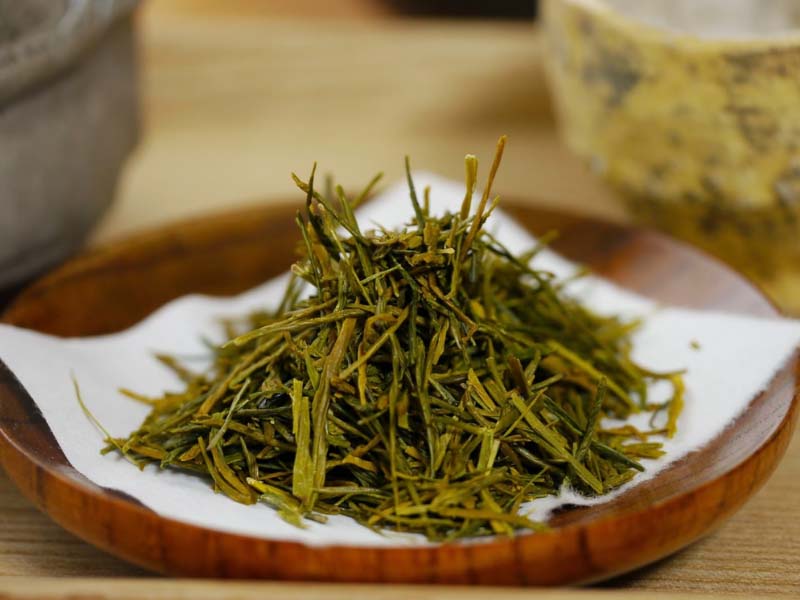
Hot water and whole tea leaves are steeped to create a clear, excellent greenish golden brew with a rich, balanced flavor that is neither too bitter nor too sweet. When brewed at a lower temperature and steeped longer, high-grade sencha has more umami and sweetness.
3. Sobacha (Buckwheat tea)
The ingredients for “soba-cha” include buckwheat seeds that have been peeled, roasted, and naturally sweet. This buckwheat tea comes in two variations. One is produced from buckwheat that has been grown in Japan for a long time, while the other is made from Dattan (Tartary in English) buckwheat, which originated in the mountainous regions of the Northern Hemisphere and is now farmed in China, Nepal, and Mongolia.
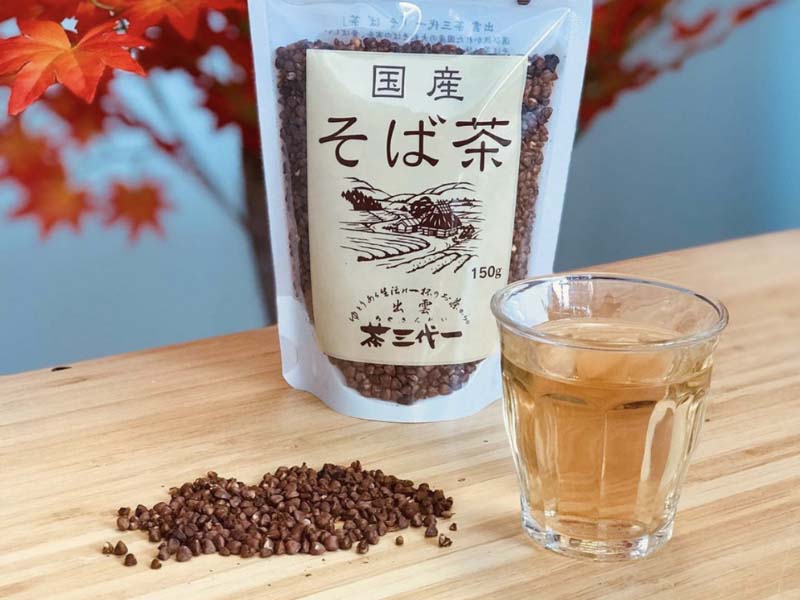
>>> Read more: What are Japanese Tetsubin? Everything to Know About Cast Iron Kettles
4. Kamairicha
Kamairicha is not steamed but fired, as its name in Japanese Kama Iri (=fired in a pan) and there is no process to roll the heated tea leaves, making the shape of Kamairhicha not twisted or straight but round, as described by another name “Tamaryokucha (= rounded green tea in English)”. Nearly all Japanese teas are made by steaming fresh leaves and then rolling.
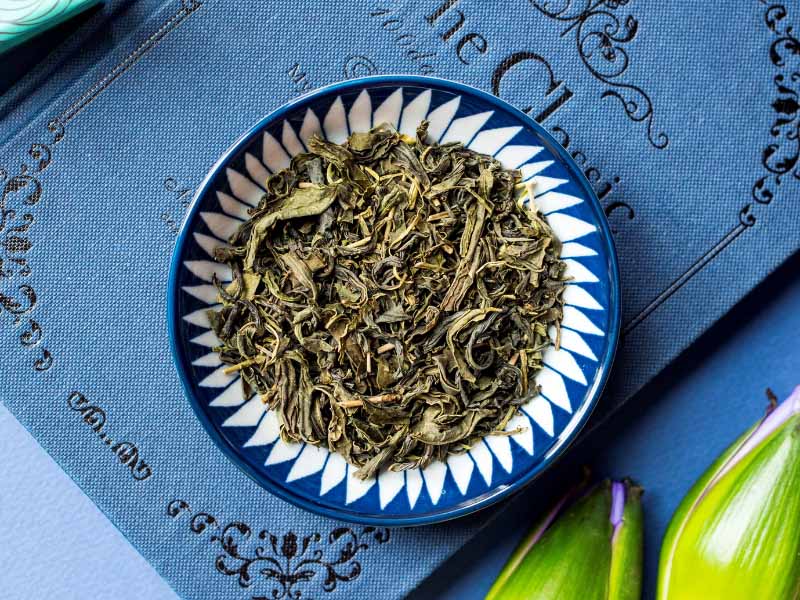
Before the production of Sencha began, in the early 15th century, Kamairicha was produced in Kyusyu using a process given to Japan by a Chinese potter. Therefore, Kyushu is presently the only place where Kamairicha, a unique Japanese green tea, is cultivated. Kamairicha’s water is clear and golden in color, and it has a sweet, roasted flavor with mild astringency.
5. Bancha
One variety of green tea called “bancha” is prepared mostly from leaves harvested from late summer through fall. Bancha has a light and refreshing flavor with a high tannin content due to the fact that it is prepared from grown leaves. It also has a modest amount of astringency.
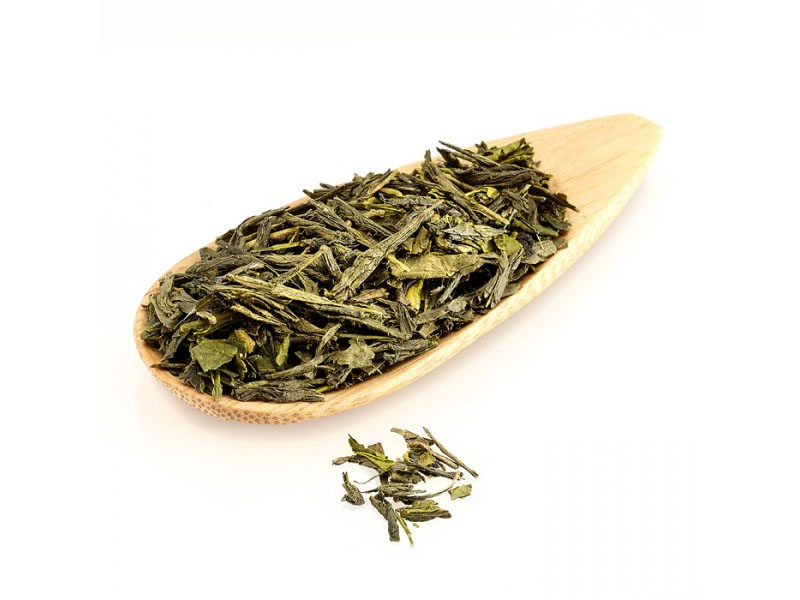
The reason Bancha is so well-liked as a daily green tea to drink at and after meals is because of its delicious flavor and simplicity in brewing with hot water in a short amount of time. Hojicha is referred to as Bancha in several locales, including Hokkaido, Tohoku, and Hokuriku (the northern region of Japan).
6. Kukicha (Stem tea)
This tea is created with fresh leaf stems that have only been suitably flavored during the finishing process of Gyokuro and Sencha. In other places, like Kyoto, kukicha is referred to as “Karigane.” Kukicha is known for its distinctively crisp scent, sweetness, and lack of astringency.
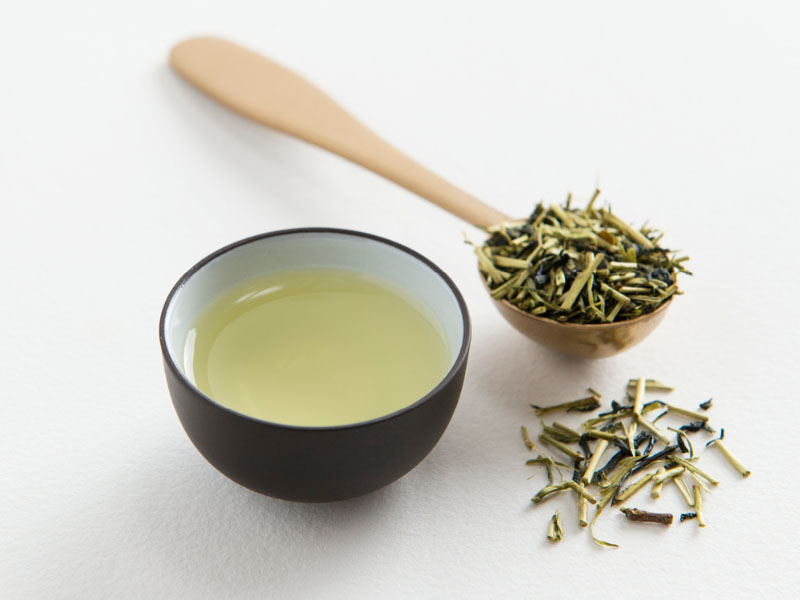
It tastes great when brewed just slightly hot and is simple to combine with any cuisine. Therefore, Kukicha is a good choice if you want to enjoy the flavor of premium Japanese tea at an affordable price. Kukicha is also much simpler to clean up after drinking compared to other loose tea that has a tendency to clog the mesh of a tea strainer or teapot. Therefore, kukicha is not only a fantastic value but also a practical loose tea.
7. Hojicha
Using loose tea that has been roasted over high heat, hojicha is a type of green tea. As a result, it is brown rather than green. The leaves’ astringency and bitterness are suppressed by the roasting process, and the pleasant scent of warm brown tea helps you unwind. Hojicha tea has a sweet, somewhat caramel-like scent due to chemical changes in the leaves brought on by the heat from roasting. Tea merchants in Kyoto first tried roasting tea stems over coals in the 1920s, which led to the creation of tea with a toasted, nutty aroma evocative of coffee beans.
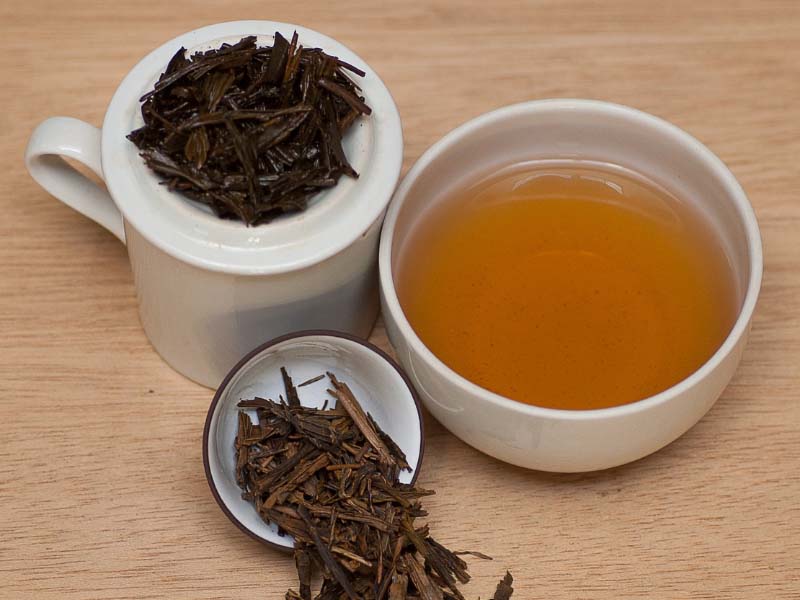
>>> Read more: The difference between Hojicha vs Matcha you should know
8. Genmaicha (Brown rice tea)
Genmaicha has a moderate flavor, making it simple to consume and frequently used to calm an upset stomach. Nowadays, you may get genmaicha brewed with sencha, hojicha, matcha, and even gyokuro, the finest quality of Japanese tea. Genmaicha was traditionally produced using bancha, a lower-grade green tea picked from the second flush of sencha. When brewed with the same amount of tea leaves as Sencha, Genmaicha has less caffeine than Sencha since it has fewer tea leaves overall.

9. Gyokuro
The highest quality of Japanese loose tea, Gyokuro, has the richest umami flavor. By shielding tea plants from direct sunlight for about three weeks as the sprouts start to grow, natural sweetness and a little astringent scent are also produced in addition to mellow umami.
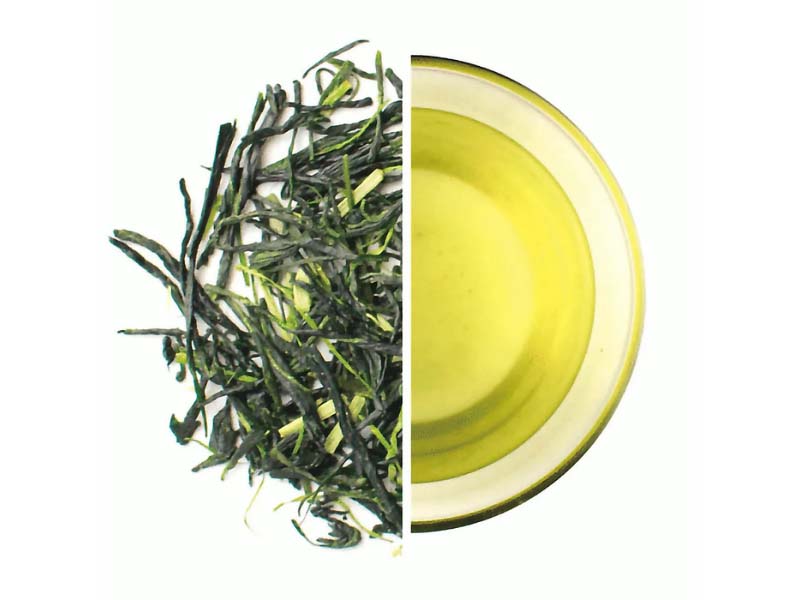
This procedure increases the creation of the amino acid that gives tea leaves their umami flavor while decreasing the production of astringency. Gyokuro should be steeped for a long time in lesser amounts of water that are warmer. Gyokuro-specific little teapots and teacups elevate the elegance of your tea experience.
10. Kabusecha
After Gyokuro, Kabusecha is the highest quality loose tea. Kabusecha, also known as Covered Tea in Japanese, is grown using techniques similar to those used to grow Gyokuro, although the time needed to protect immature tea leaves from direct sunlight is generally just 4 to 10 days before harvest.
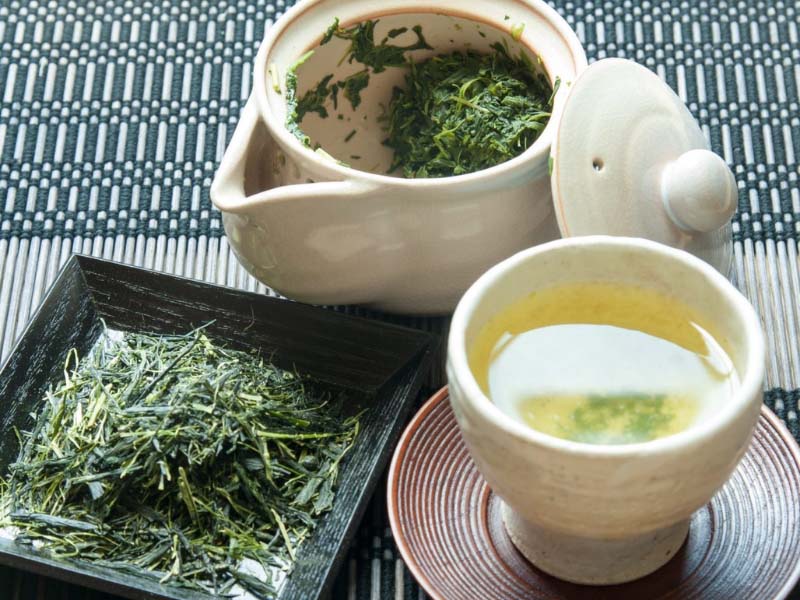
This technique gives tea leaves a brighter green color, less astringency, and more umami flavor, similar to that of Gyokuro while maintaining a light flavor similar to that of standard Sencha. As a result, Kabusecha is compared to Gyokuro and Sencha, which indicates it has advantages over both. One of the reasons the Kabusecha is produced and consumed frequently in Japan is its comparably low price to Gyokuro.
>>> Read more: The best Japanese proxy buying service
Conclusion
Would you want to learn more about how Japanese teas are made? You may visit these expansive green tea fields and take in views of the magnificent Mt. Fuji while learning about the cultivation of popular tea in Japan and brewing techniques from the local farmers. Or, visit Yame City in Fukuoka for producing the highest-quality and most popular Japanese tea. In addition to seeing tea estates, you may partake in a tasting tour at the venerable Yabeya Konomi Honke store, the oldest tea merchant in the Kyushu area, and examine the distinctions between gyokuro and sencha.
- Website: https://janbox.com
- Email: [email protected]
- Facebook: https://www.facebook.com/janbox.com.en

